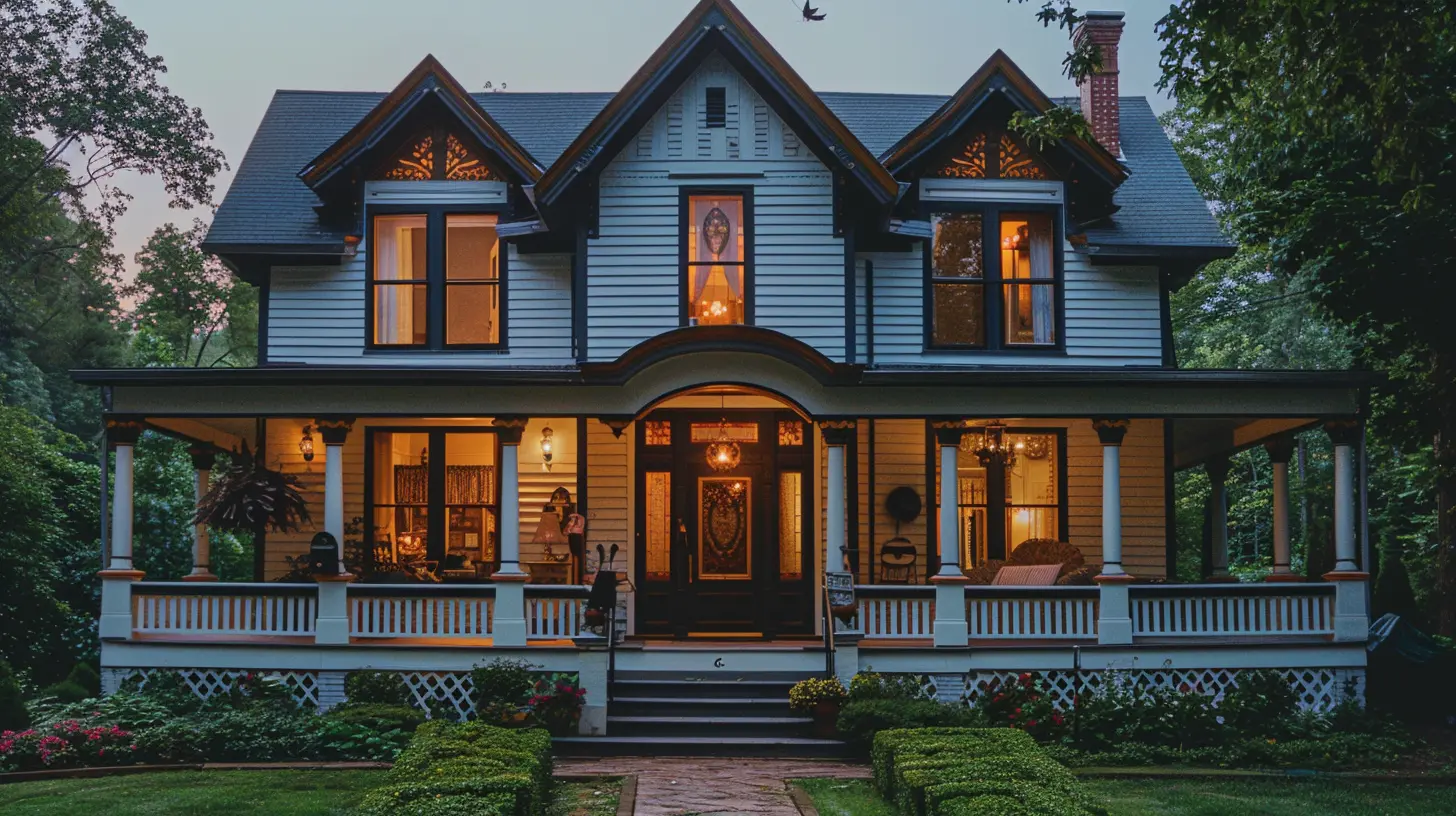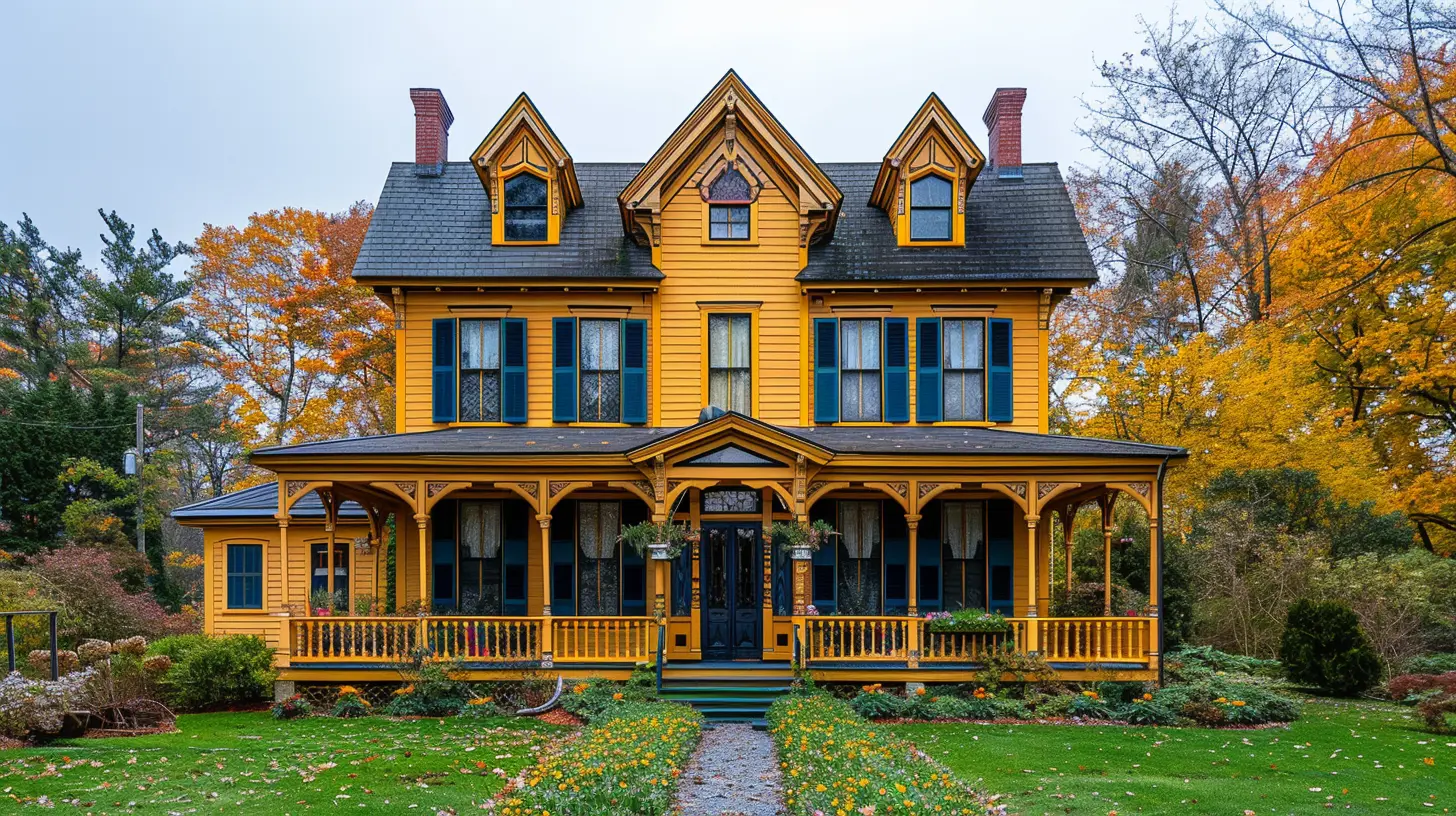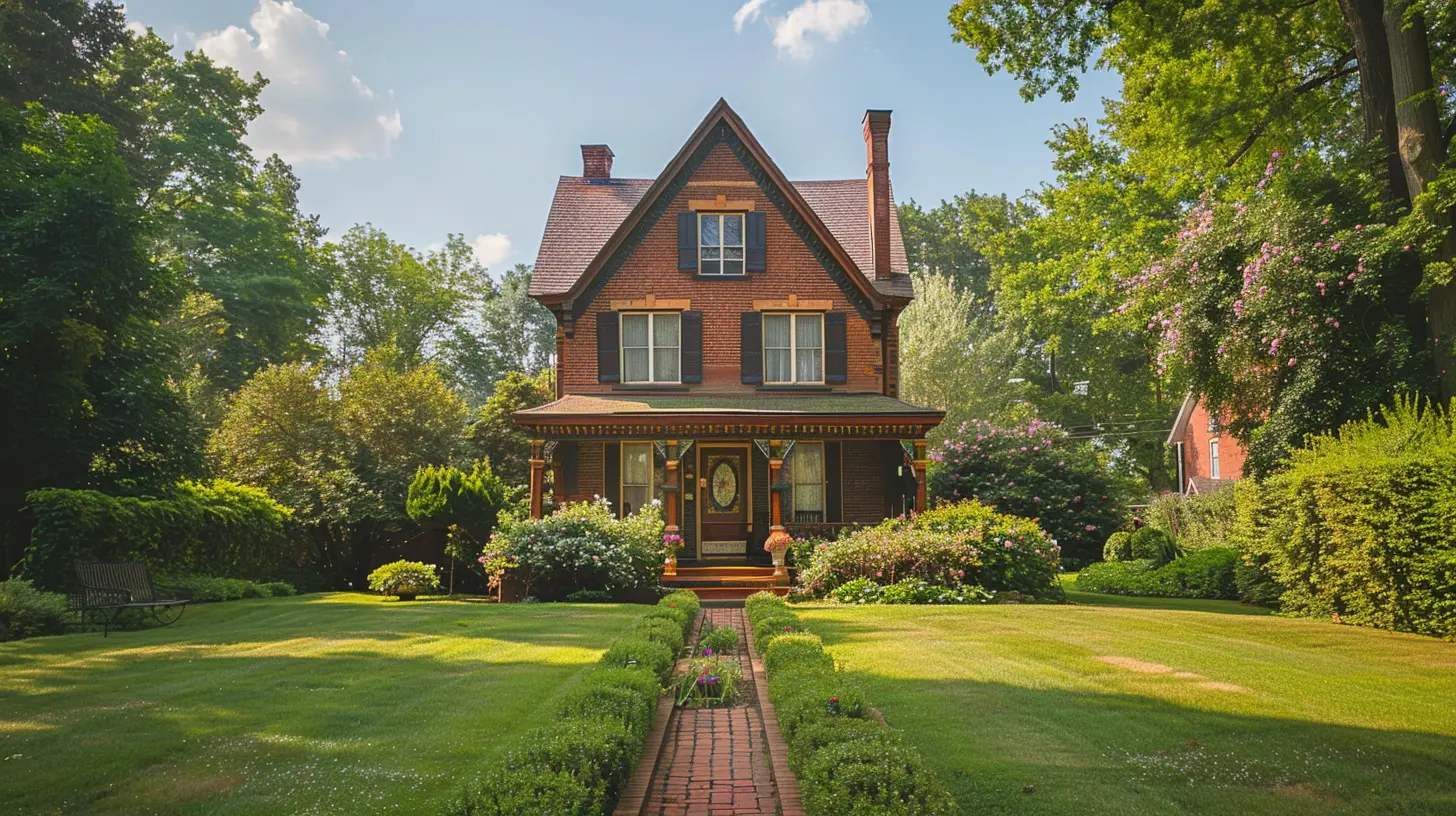13 March 2025
So, you've fallen head over heels for a historic home. Those charming wooden beams, the intricate details, the sense of nostalgia—it’s like stepping into a time capsule. But just as you start envisioning your dream renovations, reality hits: zoning laws. Yep, those pesky rules are here to remind you that you can’t just do whatever you want with your historic gem. But don’t worry—I’ve got your back. Let’s break down everything you need to know about navigating zoning laws when restoring or renovating a historic home.
What Are Zoning Laws Anyway?
Before we dive into the nitty-gritty, let’s make sure we're all on the same page. Zoning laws are essentially rules set by local governments dictating how you can use or modify a property. They’re the guardrails that keep neighborhoods looking cohesive and prevent someone from, say, building a skyscraper in the middle of a quaint residential street.Now, when it comes to historic homes, zoning laws can be a bit more, well, complicated. Why? Because these homes are often in designated historic districts or are listed on a historic register, which means additional rules come into play to protect their charm and historical significance.
Why Do Zoning Laws Matter So Much for Historic Homes?
You might be wondering, "Why do people care so much about what I do with my own house?" Fair question. But here’s the thing: historic homes are a shared treasure. They’re like living museums that tell a community’s story, and zoning laws are there to ensure that the story doesn’t get erased or overshadowed by modern changes.For example, you might not be allowed to replace your wooden windows with vinyl ones, even if they’re more energy-efficient, because it could ruin the home's historic aesthetic. It's all about balancing preservation with practicality.
Step 1: Do Your Homework
Alright, first things first—research is your best friend. Before you even pick up a hammer or call a contractor, take some time to understand your local zoning laws. Here’s a quick checklist to get you started:1. Check the Home’s Historic Designation
Is your home part of a historic district? Is it individually listed on a national, state, or local historic register? Each designation comes with its own set of restrictions.
2. Understand the Local Zoning Ordinances
Every city or town has its own zoning ordinances, and they can vary widely. Some areas have strict preservation rules, while others are more lenient. You can usually find this information on your city’s planning or zoning website.
3. Review the Historic Preservation Guidelines
If your home is in a historic district, there’s probably a local Historic Preservation Commission (HPC) or similar organization. They often have guidelines that outline what you can and can’t do when renovating.
4. Don’t Forget Permits
Spoiler alert: you’re going to need permits for just about everything. Make sure you understand which ones are required for your project, whether it’s a minor repair or a major overhaul.
Step 2: Get Friendly with Your Historic Preservation Commission
Think of the HPC as the gatekeepers of your historic home’s soul. They’re the ones who’ll review and approve (or deny) your renovation plans, so it’s a good idea to get them on your side early in the process. Schedule a meeting or attend a public hearing to introduce yourself and talk about your project. They’ll appreciate your proactive approach, and who knows—they might even offer helpful tips to make your application stronger.Pro tip: Be prepared to compromise. If they’re adamant about preserving a particular feature, try to find a middle ground that works for both parties. It’s a give-and-take kind of relationship.
Step 3: Prioritize "Compatible" Changes
Here’s a little secret to gaining approval for your renovations: focus on "compatible" changes. In historic preservation lingo, this means making updates that respect the home’s original character. Think of it like dressing up for a theme party. You wouldn’t show up in jeans and a T-shirt when everyone else is in 1920s garb, right? The same logic applies here.For instance:
- Keep Original Materials: If your house has wood siding, try to repair it instead of replacing it with something like aluminum.
- Match New Additions: If you’re adding a deck or expanding the house, make sure the design and materials blend seamlessly with the existing structure.
- Preserve Key Features: Those original stained glass windows or hand-carved banisters? Treasure them like gold.
By sticking to compatible changes, you’re more likely to get the green light from the zoning board.
Step 4: Prepare for the Costs
Let’s be real—renovating a historic home isn’t cheap. Between sourcing period-appropriate materials and jumping through regulatory hoops, costs can add up quickly. But here’s the good news: there are financial incentives out there to help offset some of the burden.- Tax Credits: Some states and local governments offer tax credits for approved historic preservation projects.
- Grants: There are preservation grants available for specific types of work, like restoring a roof or repairing masonry.
- Benefits of Increased Property Value: A restored historic home can often yield a return on investment in terms of higher property value and desirability.
Bottom line? Budget carefully and leave some wiggle room for unexpected expenses. Because trust me, there will be surprises.
Step 5: Work with a Team That "Gets It"
This isn’t your average flip or remodel. Restoring a historic home requires specialized knowledge, so it’s worth investing in a team of professionals who understand the ins and outs of historic preservation. Look for contractors, architects, and designers with experience in this niche. They’ll know the best practices and can help you navigate those tricky zoning laws like a pro.Common Zoning Challenges and How to Tackle Them
Let’s talk about some of the specific hurdles you might face—and how to jump over them without tripping.Issue #1: Setback Restrictions
Setback rules dictate how close a structure can be to the property lines. This can be an issue if you’re planning an addition.Solution: Apply for a variance—a special permission to deviate from the rules. Be ready to justify why your project deserves an exception.
Issue #2: Height Limits
Want to add a second story or a taller roofline? Height restrictions might say otherwise.Solution: Again, a variance can be your best bet. Just make sure your proposed changes don’t stick out like a sore thumb in the neighborhood.
Issue #3: Non-Conforming Uses
If your historic home is zoned in a way that doesn’t align with its current use (e.g., a residential home in a commercial zone), renovations can get complicated.Solution: Work with local officials to figure out a legal path forward, like obtaining a conditional use permit.
Final Thoughts: Patience Is Key
Look, I’m not going to sugarcoat it—navigating zoning laws for a historic home can be a time-consuming, sometimes frustrating process. But it’s also incredibly rewarding. At the end of the day, you’ll not only have a beautiful, restored home but also the satisfaction of knowing you’ve preserved a piece of history for future generations.So, take a deep breath, pace yourself, and remember: good things come to those who wait (and follow the rules).









Scout McAleer
Restoring a historic home is a journey filled with challenges and rewards. Understanding zoning laws is crucial, but remember, it's not just about regulations—it's about preserving stories and memories that deserve to be cherished.
March 30, 2025 at 8:57 PM